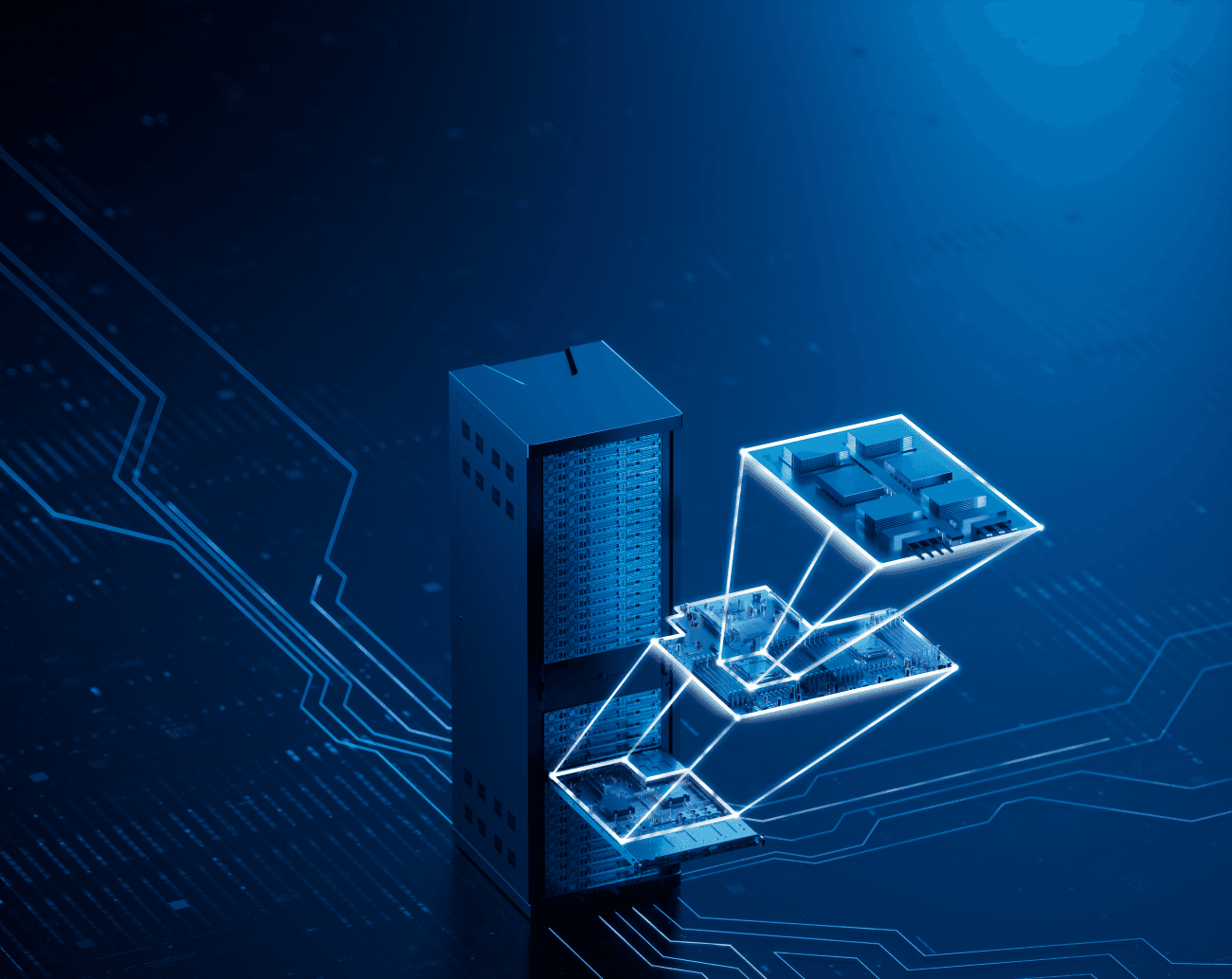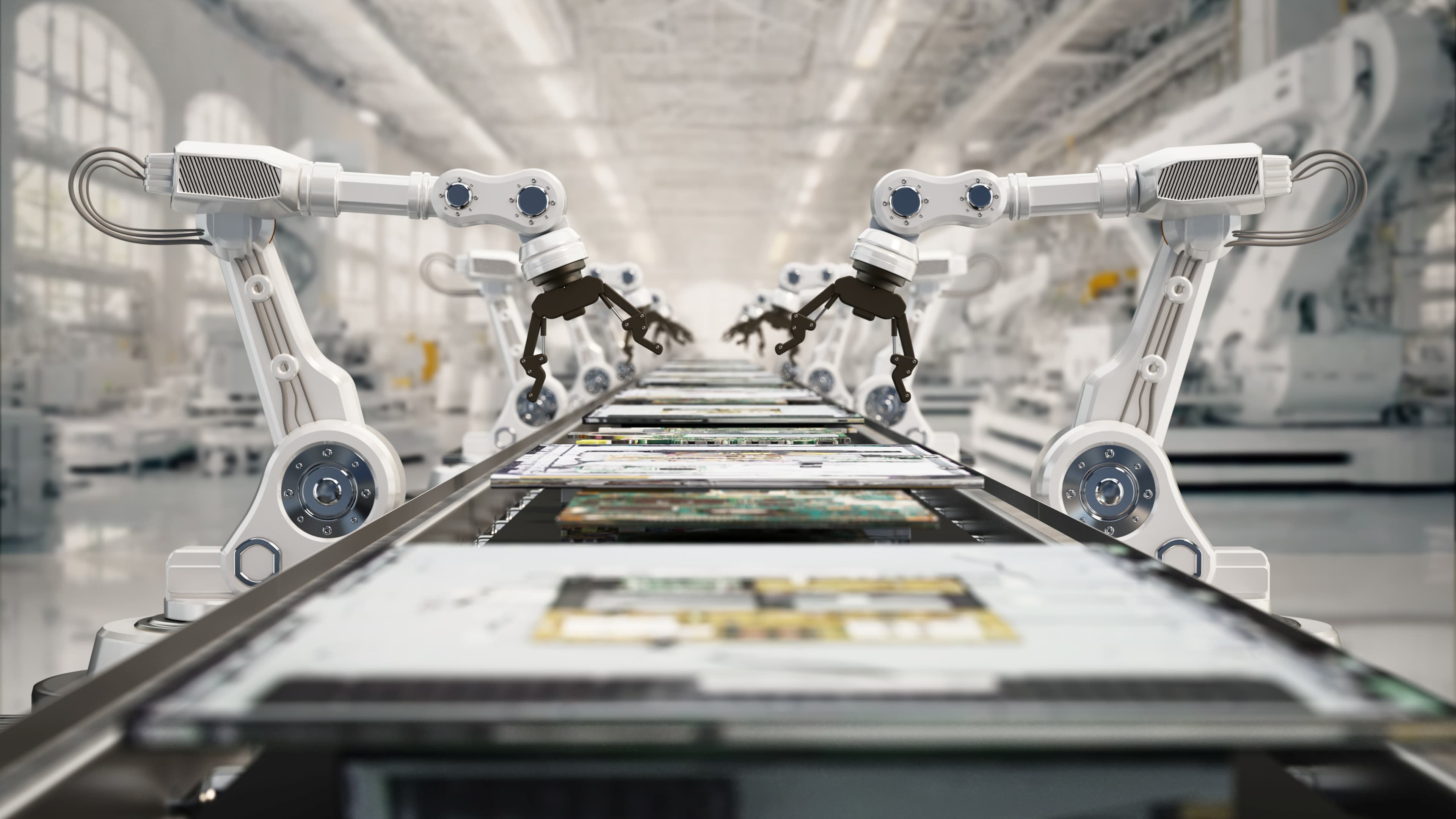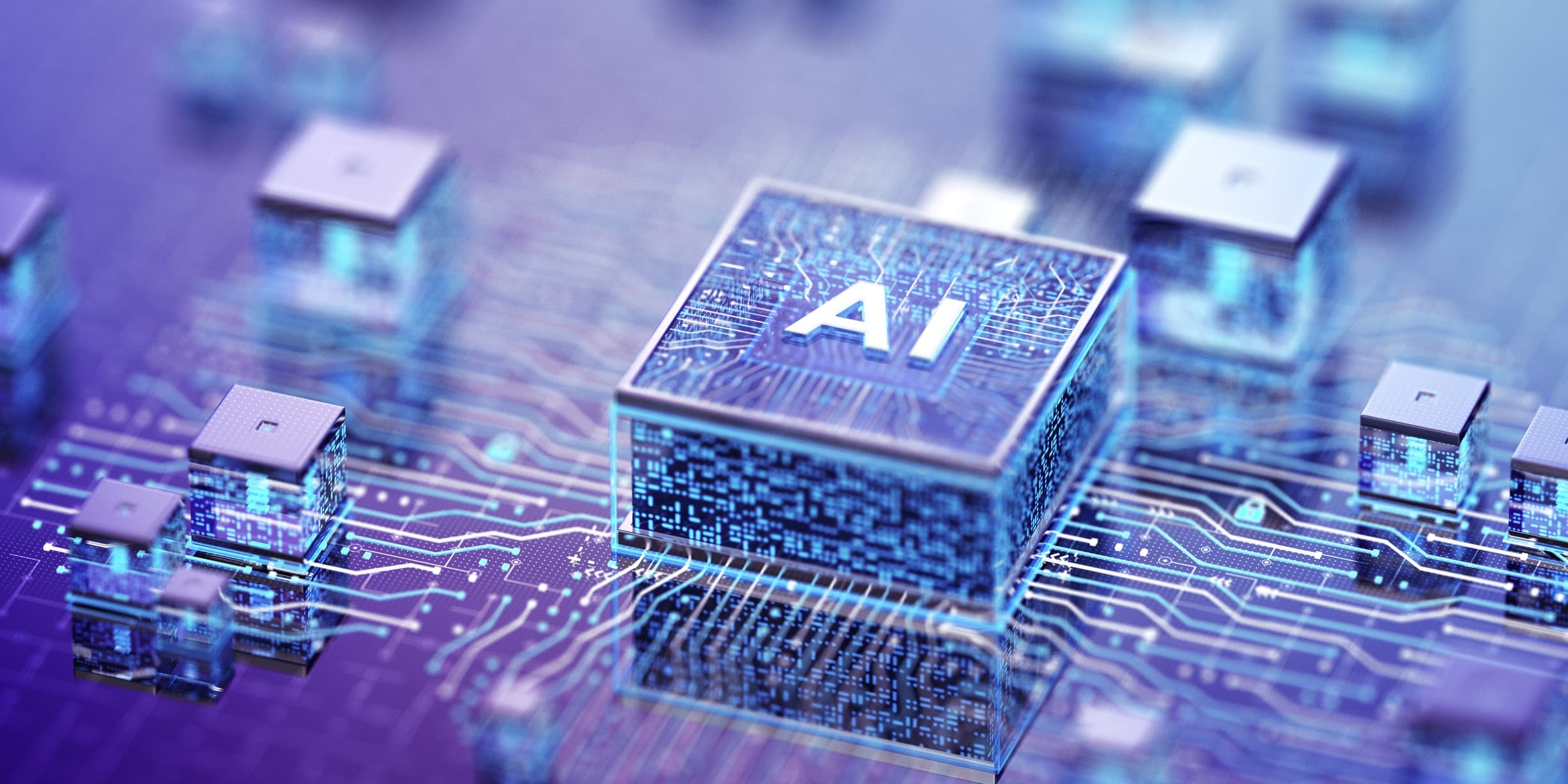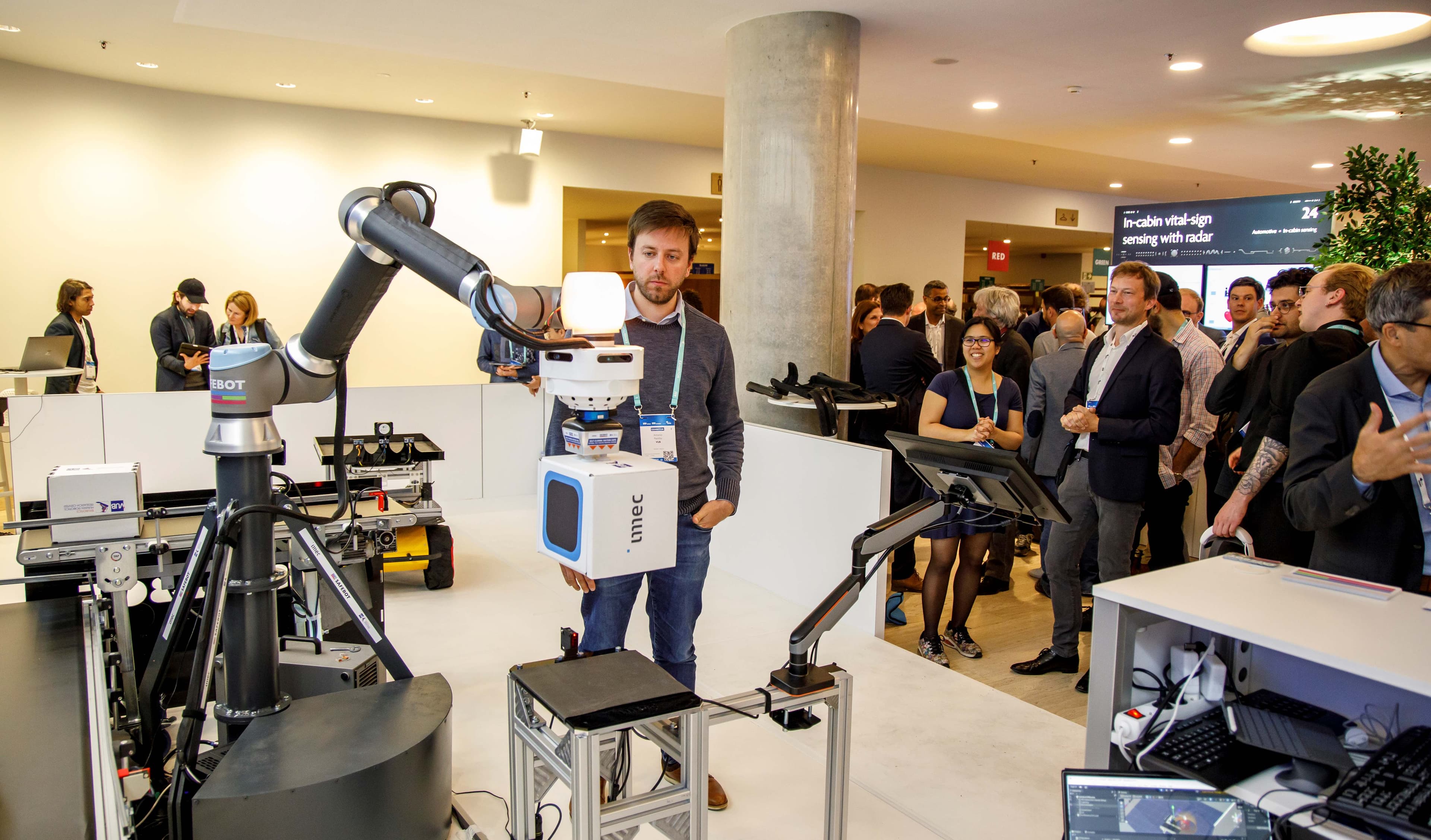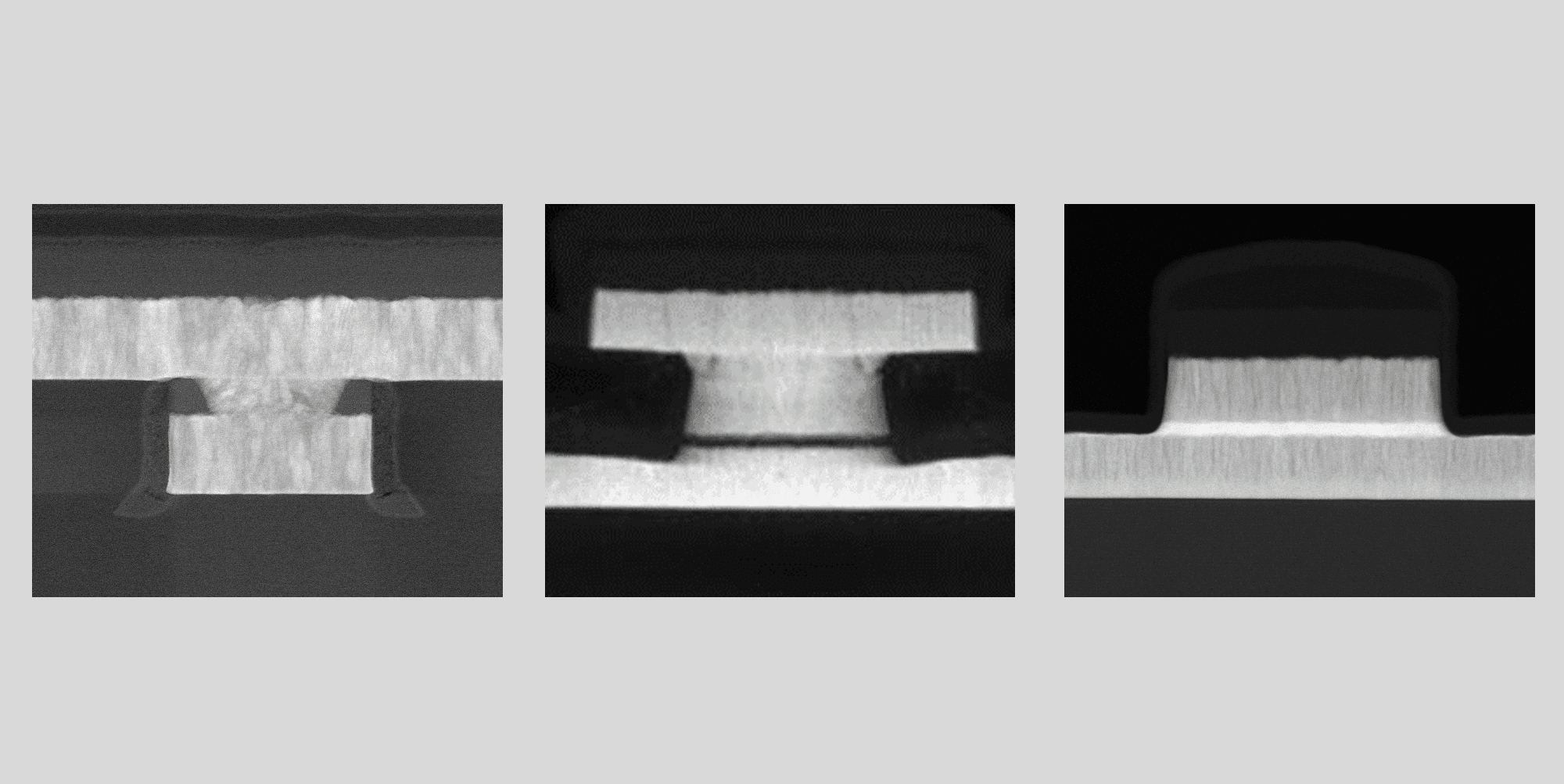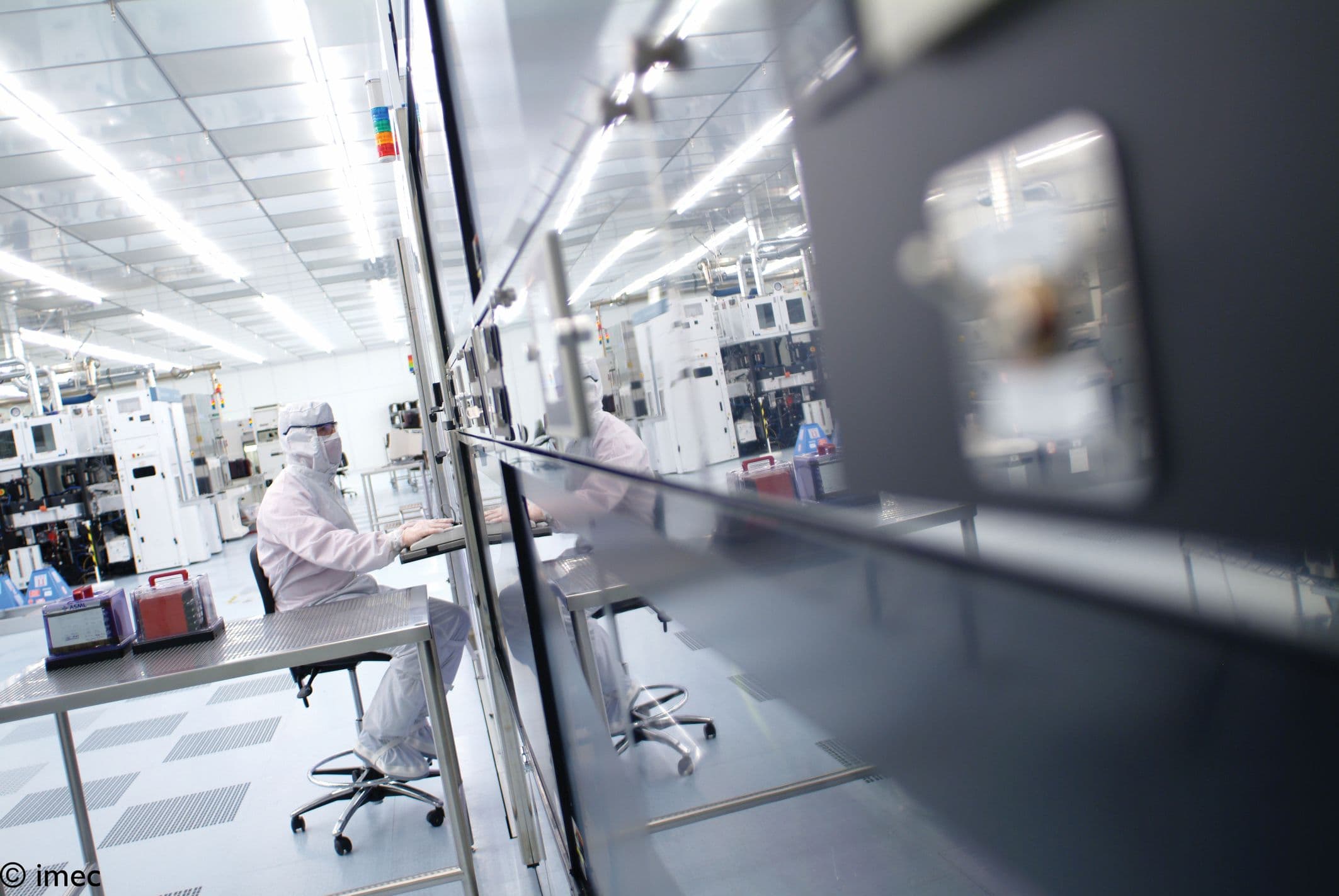In 2035, artificial intelligence will be everywhere, but it will be invisible. Behind the scenes, it will help steer the choices we make, offering us the best options to lead a good, healthy life. It will help customize the services and products we buy to best match our preferences. All this by its lightning-fast ability to process huge swaths of data and extract knowledge. And we might hope: also adding some creativity and wisdom, says Rudy Lauwereins, VP digital and user-centric solutions at imec.
Using the world as knowledge base
Imagine, one day in 2035, you are taken down to the hospital. Some rare, complex condition, it seems. Immediately, the doctors run your personal history and medical parameters through their AI system, searching for identical patterns in a worldwide database of anonymized patient data. They find a dozen matches and see potential treatments and their effects. So there is less guessing, less relying solely on human experience and luck to be in the right hospital. Wherever you live, and whomever you are, you’ll get the best available diagnosis. But wait … chances are that you’re not going to get to the hospital. Because with your physical parameters that are constantly monitored, you’ll be offered intelligent choices at every step in your life. Whether it’s about the food you eat, the workout you do, your career choices... And all this will keep you healthy much longer.
One of the most successful branches of AI is machine learning. Machine learning algorithms allow computers to learn and detect patterns in huge amounts of data, establishes the relation between inputs and outputs, between huge swaths of data and meaningful conclusions. They can e.g. learn to identify individuals in camera footage, steer cars away from moving objects, detect planets around distant stars, or recognize clusters of health parameters that predict a disease. And once they have learned their trick, they can apply it at lightning speed, without pause or without getting tired.

NASA used artificial intelligence to discover planets outside our solar system, such as a recently discovered eight planet circling Kepler-90, a Sun-like star 2,545 light-years from Earth (courtesy NASA)
Spreading insights instantaneously, worldwide
Another 2035 scene. You’ve just been picked up by a self-driving car that covers part of your trajectory to the AI conference. It’s raining heavily and while the car picks up speed on the highway, it suddenly has to swerve to avoid a tree branch that has blown onto the road. The vehicles next to and behind your car have to break and there is a short moment of chaos. A near miss. Very rare, but possible. Overnight, the data of the vehicles involved are analyzed and an update is sent to all cars worldwide on how to handle this situation in the future. By then you’ve long reached your destination – unaware of how your journey influenced and even improved the driving behavior of all cars worldwide.
Humans can change their mind, adapt their behavior to new circumstances and new learning. So can intelligent agents such as cars. And because the world of 2035 is tightly interconnected, the new knowledge can be spread to all agents almost simultaneously. So there’s no risk of colliding with a car that’s running on last year’s intelligence.
As was to be expected with such pervasive technology, there are technical and ethical caveats. One is the issue of explainable AI: if a critical system takes a decision, we humans should be able to track down its reasoning, to understand why the system did what it did. Another issue is that machine learning is only as good the data it is fed. Therefore, technologists are continuously on the lookout for biases that may pop up in the behavior of smart systems. Or biases that are added with malicious intent. Examples are recognition or profiling on the basis of ethnicity or gender, or seeing as global what in effect are only local customs or behaviors, or even just temporary, commercial hypes. And last there’s the concern that people should always remain free in their choice to contribute or retract personal data, or to act upon the suggestions of AI systems.
Global but individualized
Of course, in 2035 your shoes and clothes are made to fit to perfection. When you need a new pair, your local shoe factory consults your digital twin, derives all possible parameters and produces a pair of shoes that’s unique in the world – costing no more than you used to pay for the average Joe’s size 11 shoes which always left your left ankle hurting. But there’s more: you just bought and attached a sport’s sensor that’s now breaking in. Give it a few more hours with you, learning the very intimate relation between your blood pressure, heart beat, temperature and many more… and it will have become part of you, a sensor that matches up with no other person in the world but you.
The industry is no longer making a small range of average products. Instead, they are able to make separate, individual products for everyone. Like the good old cobbler used to do. Individual but at the cost and speed of mass-manufacturing. And some products even keep on changing and learning after you bought them. It’s machine learning but no longer trained at the manufacturer’s with labeled input, but on your body with unlabeled data.

Changing weather patterns and other data are used to better model climate change and e.g. predict floods or storms. (courtesy NASA)
Budding AI wisdom
You’ve arrived at your holiday destination to find that your luggage has gone missing. You call the airline’s helpdesk and are put through to a competent operator, whose voice and body language are immediately comforting and reassuring. Within minutes, even while you are speaking, your luggage is located and an appointment is scheduled to have it delivered at your hotel the same evening. You fullheartedly thank the operator, who smiles and wishes you a good holiday. For a split second, the thought registers that this was probably a bot, but by now you’ve become so used to being helped by imaginative, empathic bots that you’re rather pleased.
Machine learning, you might have guessed by now, is only apparent intelligence. ML systems still have to be trained by humans, who supply it with the training data and determine the question to be solved. That makes for hugely useful systems, but not really intelligent ones. But by 2035, we’re also seeing a first budding of really intelligent systems, systems that show some measure of reasoning, creativity, imagination, common sense, and above all empathy.
How is imec contributing to this future?
Leveraging its expertise in hard- and software, imec is setting up an ambitious AI program – together with industrial partners that are active in domains as diverse as personalized healthcare, smart mobility, the new manufacturing industry, smart cities and smart energy.
Our approach? Bringing AI to the sensors at the edge of the Internet of Things (IoT) by introducing a pipeline of innovative hardware and software that – instead of hundreds of watts – consume less than a watt, or even mere milliwatts. And by developing machine learning applications that get customized for specific uses and for individual people – on the spot, instead of with pre-learned parameters.
In the fall, Flanders has earmarked a considerable sum to AI research, industrial application, and polici. And imec signed a collaboration agreement with the French R&D center CEA-LETI to advance AI and quantum computing.
Want to know more?
- How we will build AI hardware that runs on milliwatts of power is explained in this imec magazine article.
- In this article, you’ll learn how algorithmic and hardware innovations boost AI and augmented reality.
- An implantable chip to hook up a prosthetic arm to the wearer’s brain? Learn more in this article.
This article is part of a special edition of imec magazine. To celebrate imec's 35th anniversary, we try to envisage how technology will have transformed our society in 2035.

Rudy Lauwereins is vice president at imec responsible for the digital and user-centric solutions unit, which focuses on security, connectivity, image processing, sensor fusion, machine learning, data analytics and on making technology society proof. He is also director of the imec.academy, coordinating external and internal technical training curricula. Rudy is a part-time professor at the KU Leuven (Belgium) and has authored and co-authored more than 400 peer reviewed publications in international journals, books and conference proceedings. He is a fellow of the IEEE.
Published on:
21 December 2018




